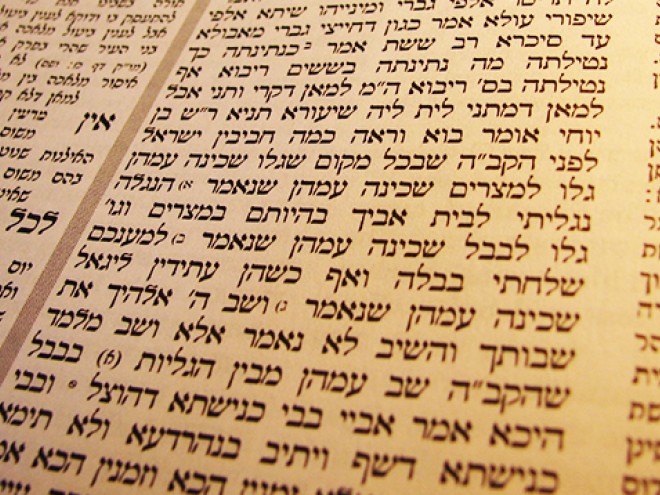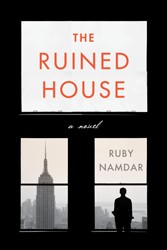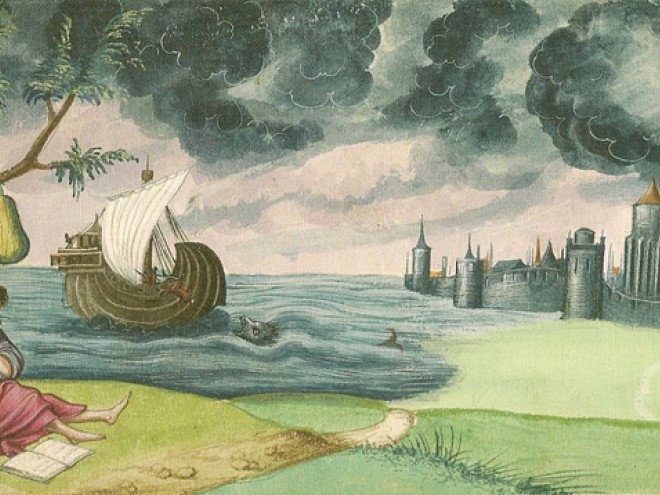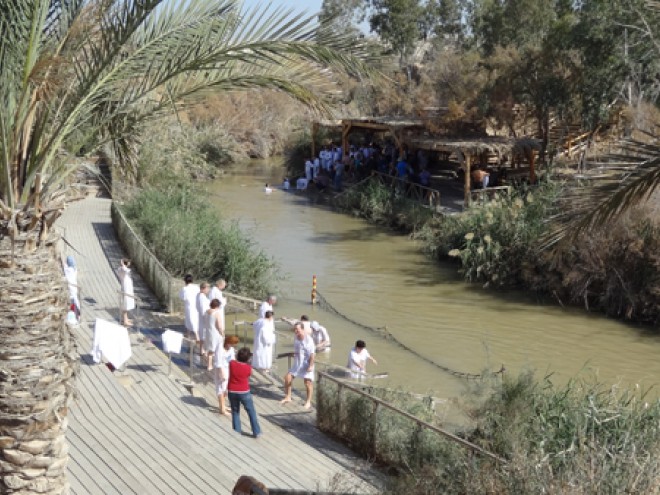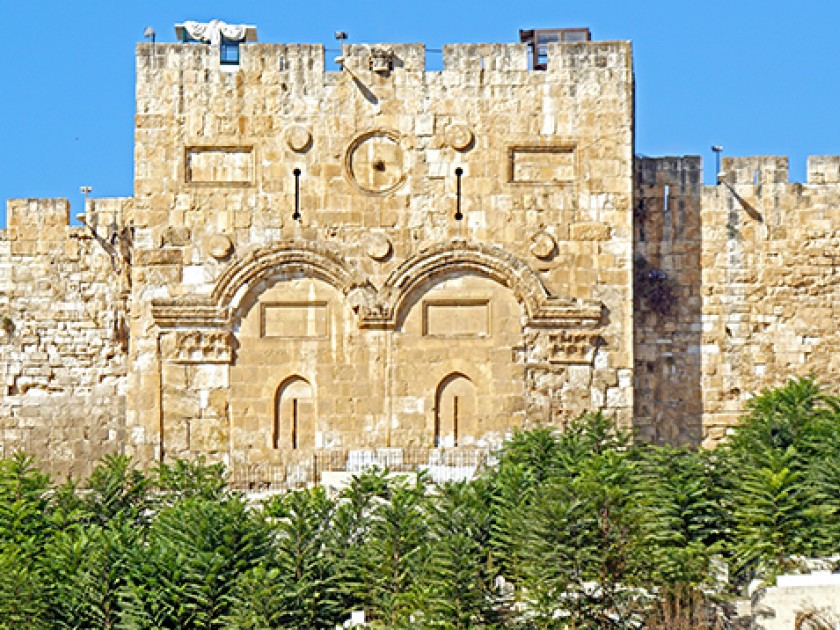
Image via Flickr/Dennis Jarvis
Ruby Namdar is the author of the novel The Ruined House, out tomorrow from Harper Books. He will be blogging here all week as part of the Jewish Book Council’s Visiting Scribe Series.
The Holy Temple in Jerusalem, what a formidable and alluring symbol! Yet for me, like for so many of my fellow contemporary Jews, the immediate reaction to any mention of the Holy Temple used to be one of alienation. The notion of the Temple — with its priestly practices, animal sacrifices, and incense burning rituals — felt to me to be foreign and archaic. It seemed almost pagan, and certainly not “Jewish.”
There are many reasons for this reaction, some more obvious, others less so. For many American Jews raised in the Reform tradition, the Temple was an absent symbol, removed from the liturgy in 1818 in order to “modernize” Judaism and make it more palatable for the German Jews who took their religious and cultural cues from their Christian surroundings. For those who, like myself, grew up in Israel, there was a complexity of a different kind: the absent Temple, replaced by the Muslim Haram al-Sharif compound with its famous golden dome, became the center of the messianic obsession of religious right wing groups that call for its reconstruction and the renewal of its priestly practices. Talking, writing, and even thinking about the Temple was viewed as a loaded political act instead of a cultural gesture.
Many of us are unaware of how central the memory of the ruined Temple and the yearnful fantasy of its rebuilding were to our ancestors’ Jewish consciousness. The destruction of the second Temple by the Romans in the year 70 CE was a formative moment in the collective Jewish mind, a trauma that we’ve never really healed from. The Temple symbolized a golden era of innocence, of wholeness, that we have not experienced since its destruction. It wasn’t only the falling out of grace with God, the loss of the sense of Chosenness — it was also the loss of the physical, sensuous elements of our faith and culture, and making do with mere words instead.
One of the most important elements of the Temple was its immense beauty: “He who has not seen the Temple in its full construction has never seen a glorious building in his life,” says the Talmud, elaborating on the magnificent colors of the fine marble with which King Herod built it. Some rabbis state that it was built of yellow and white marble. Others say yellow, blue and white marble. According to the Talmud, Herod intended at first to overlay it with gold, but the Rabbis told him, “Leave it alone for it is more beautiful as it is, since it has the appearance of the waves of the sea.” Other parts of the Talmud tell of the magical fruit bearing trees made of pure gold that were planted in the first Temple by King Solomon and would miraculously yield their fruit every season. My favorite parts are the Talmudic discussions of the priestly garments; a story is told about a certain High Priest whose mother made for him a fine linen tunic worth the enormous sum of twenty thousand minahs. Once this garment was ready his fellow priests would not suffer him to put it on because he looked naked in it, his bare flesh shining through the fine material as wine shines through a glass goblet.
It was that legendary beauty that captivated my imagination and allowed me to stop being afraid to touch this potent cultural symbol, and to embrace the Holy Temple as a vibrant source of artistic inspiration. As a writer, my imagination is ignited by descriptions of immense beauty, riches, excess, and the very intriguing mixture of decadence and holiness, corruption and piety. The more I learned about the Temple from Talmudic and Midrashic stories as well as from the work of ancient historians such as Flavius Josephus, the more drawn I became to its strange and wonderful atmosphere. The grandeur, the pageantry, the obsessive attention to detail and aesthetics, were all so different — and refreshingly so, I may add — from what I knew as Judaism. This symbol became even more vivid for me when I started writing my novel The Ruined House, which describes a year in the life of Professor Andrew Cohen — a charming, successful and totally secular New York Jewish man — who’s going through a severe crisis and begins to see visions from the Holy Temple without understanding what he sees and why he sees it. For me, nothing could be more creatively inspiring than the tension between our modern, secular, and intellectual existence, embodied by Professor Andrew Cohen, and our ancient collective memory, embodied by the absent Temple and its mysterious rites and practices.
